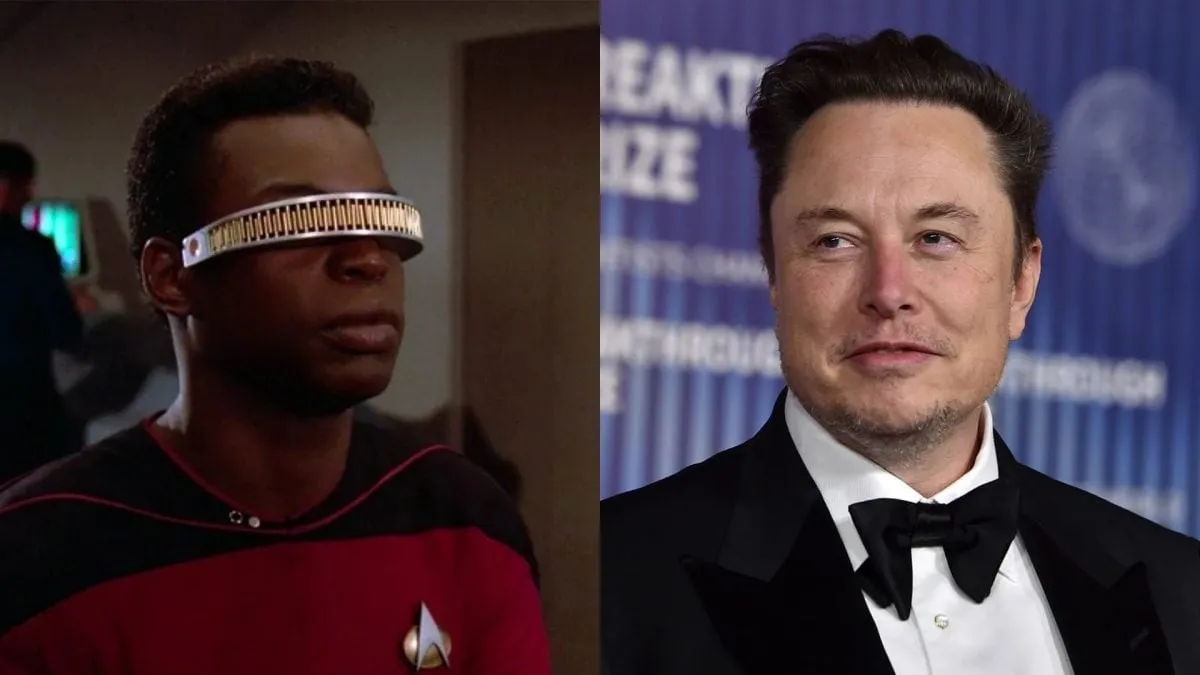Exploring Neuralink's Blindsight Device: A New Horizon in Vision Restoration

Overview of Neuralink's Blindsight Device
Elon Musk's Neuralink has made a significant leap with the announcement of its new Blindsight device, designed to restore vision to blind patients. The device has garnered considerable attention after receiving FDA's breakthrough device designation, highlighting its potential to transform patient care. This implant aims not just to assist the blind but to provide quality vision, even to those who have never experienced sight before.
FDA Breakthrough Device Designation
The FDA recognizes devices that demonstrate the potential to provide effective treatment options for serious conditions through its voluntary breakthrough devices program. Companies like Neuralink benefit from a collaborative approach with FDA experts, which streamlines the development and potential market entry of innovative medical solutions.
How Blindsight Works
- If the visual cortex remains intact, Blindsight may restore vision, even for those who have lost all optical capabilities.
- This technology aims to establish a new mechanism for visual perception, potentially allowing even those blind from birth to gain sight.
Challenges Ahead
Despite the optimism surrounding Blindsight, substantial challenges remain. Experts voice concerns regarding the restoration of sight in individuals who may lack the foundational biological structures necessary for visual processing. Additionally, the ethical implications of animal testing practices come into focus, raising questions about the path forward.
Conclusion: Moving Forward
Neuralink's Blindsight holds promise for the future of vision restoration technologies. As the research develops over the upcoming years, the medical community watches closely, hoping this groundbreaking innovation can provide a new lease on life for those deprived of sight.
This article was prepared using information from open sources in accordance with the principles of Ethical Policy. The editorial team is not responsible for absolute accuracy, as it relies on data from the sources referenced.